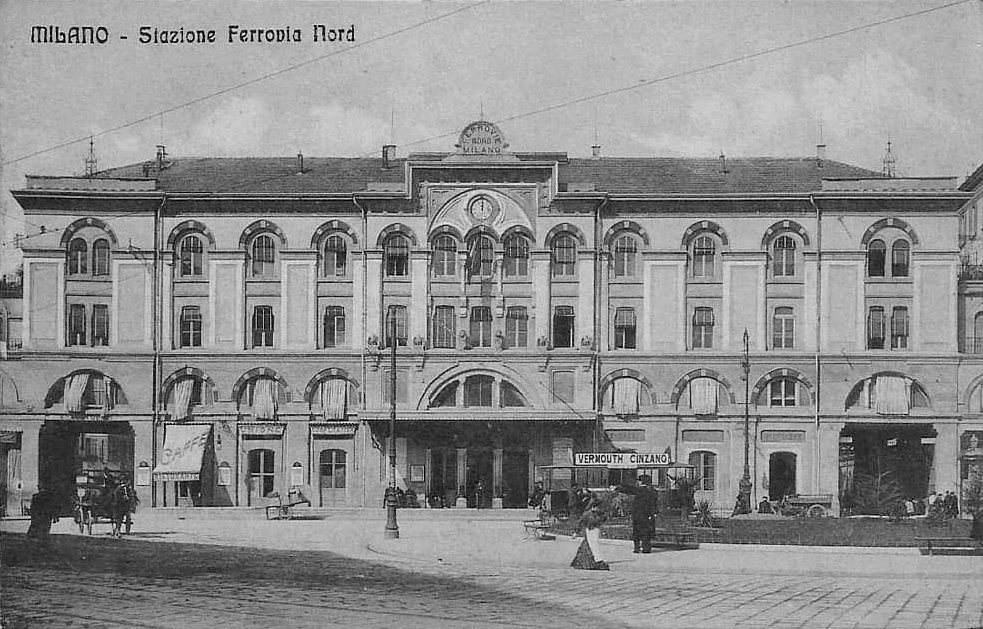
Milano Cadorna
The focal point for Ferrovie Nord Milano, naturally, has always been the station at Piazzale Cadorna, originally Piazza Castello. The first passenger building was a modest building with only one ground-floor level, with a wooden frame and brick infill, and brick-bordered doors and windows. A customs barrier was created in front of the passenger building, with two masonry sentry boxes. In 1885, an increase in passenger traffic led to this humble and modest structure being replaced by a much more dignified building. Located in the same position as the original, but occupying a considerably larger front surface area, similar to that of the existing building.
In 1920 the building gained another floor, but did not undergo any further alterations until the early 1940s: between '41 and '42 a complete renovation of the station services was carried out, including the construction of elegant ticket offices in green marble and brass. Sadly, all this effort was to be in vain: a year later, in 1943, during the most tragic August in recent Milanese history, the building was ablaze, like much of the city. All that could be saved was the ground and first floor, later covered with a makeshift roof of corrugated asbestos. For 10 years the FNM building in Milan was nothing more than the blackened remains of its own past: in 1953, in the same area, construction began on the modern 10-storey building, which was then completed in 1955.
At the turn of the millennium, the building and the square in front underwent major urban redevelopment, through the work of architect Gae Aulenti, with the addition of canopies running along the square right into the station.
Listen to the audio
Main dates
-
1900 - A two-storey building
The two-storey brick building, terminus station for Ferrovie Nord Milano, as built in 1885. In this postcard image, dating back to the very early 1900s, the customs barrier with sentry boxes on each side is still present, recalling the architecture of the previous passenger building.
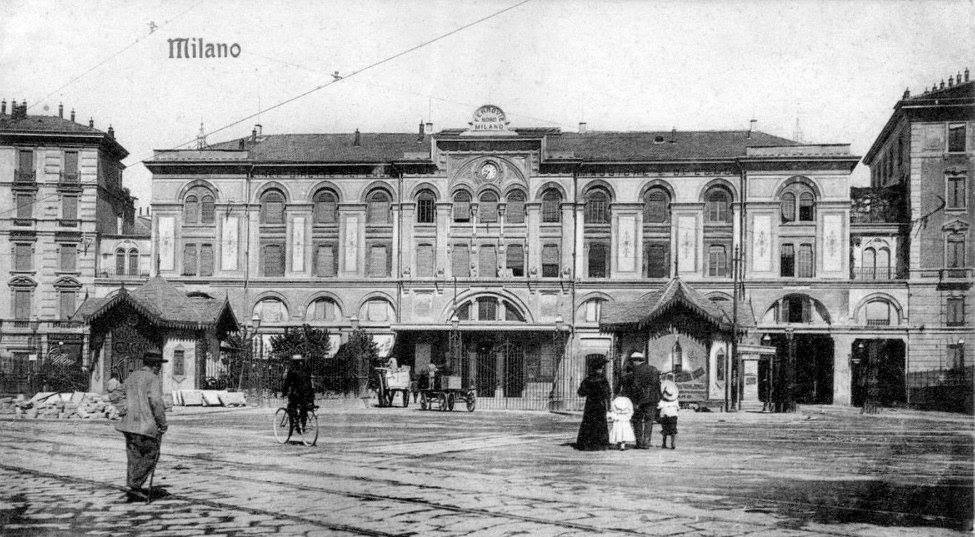
-
1910 - A new square
The sentry boxes and customs barrier in front of the station have now gone, replaced by the new circular plaza.
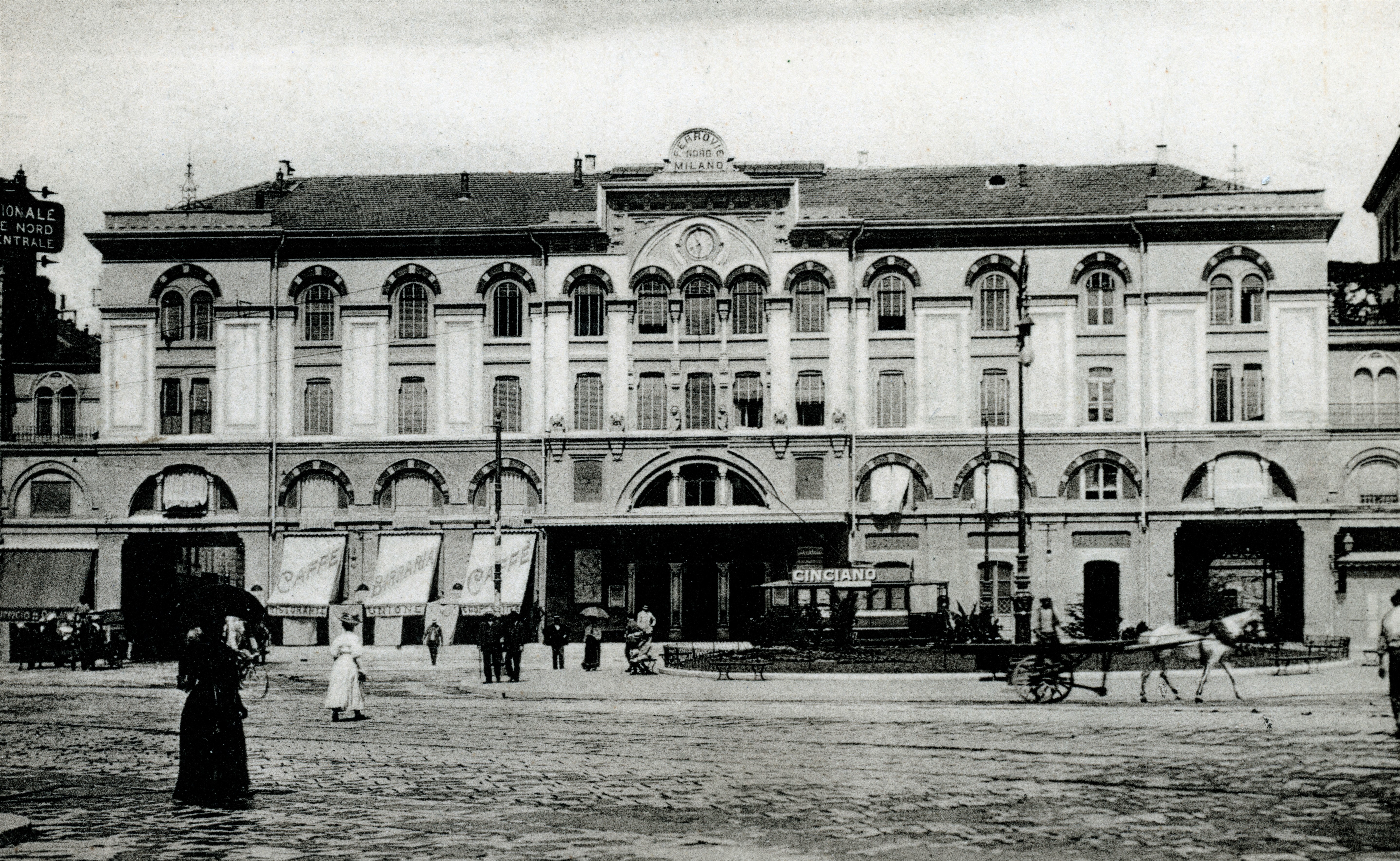
-
1928 - A three-storey building
A view from above of the station square and the passenger building, raised by an additional storey in the 1920s.
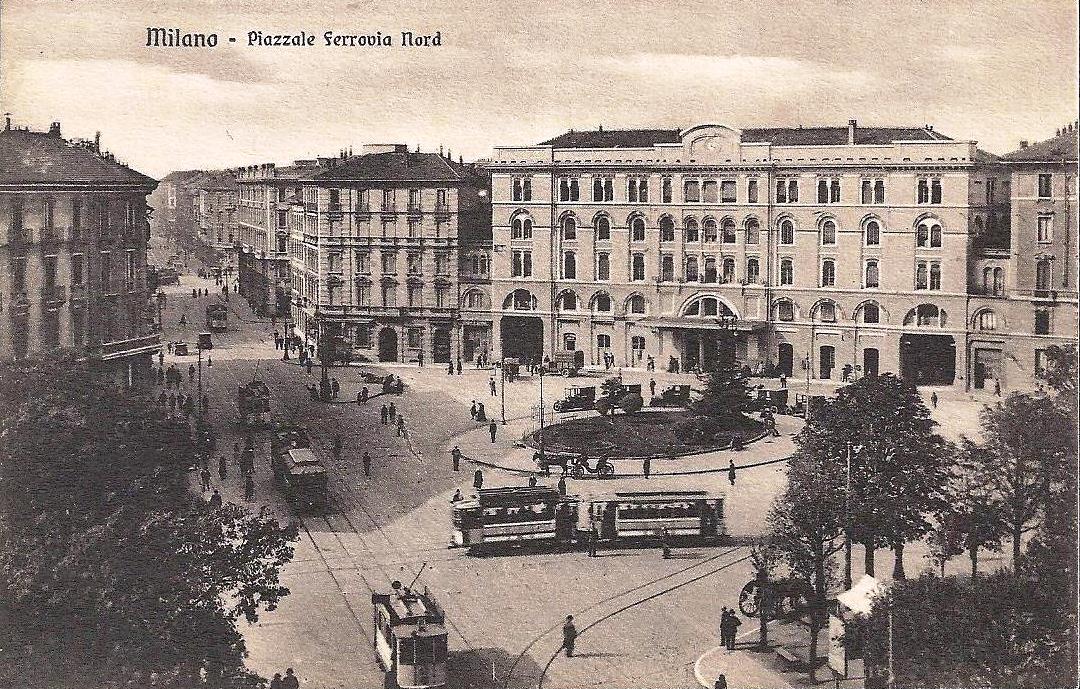
-
1930 - The holiday of Ferragosto
The entrance to the station’s ticket office is crowded with locals waiting to buy special tickets to tourist destinations accessible by Ferrovie Nord trains, as advertised by the numerous posters on the building’s façade.
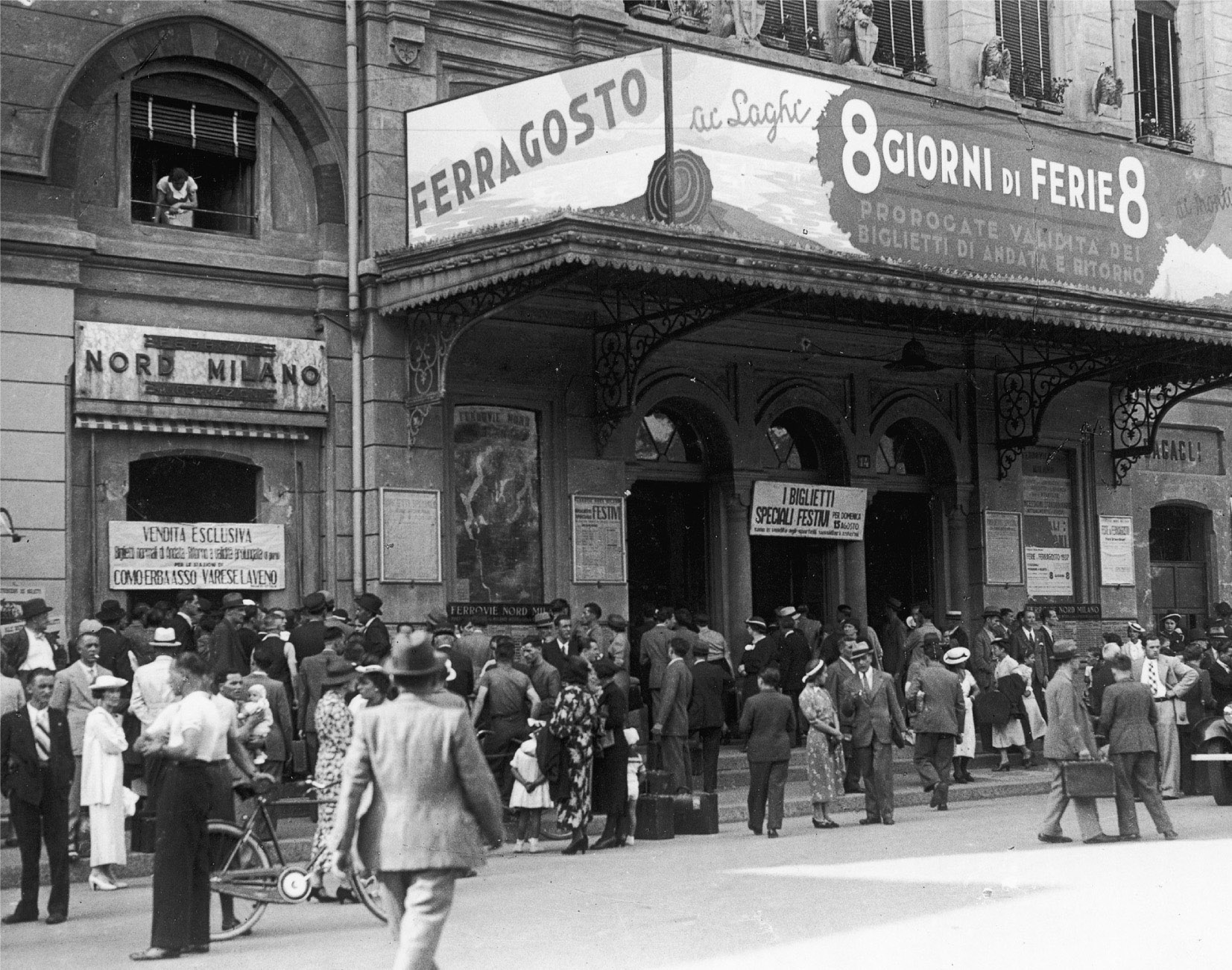
-
1943 - August 1943
One of the darkest periods in Milan's history. Several Allied bombing raids brought the city and its inhabitants to their knees, claiming many lives and causing the destruction or damage of many historic buildings. The Ferrovie Nord station also suffered extensive damage. Nothing remained of the passenger building but a pile of rubble and gutted walls.
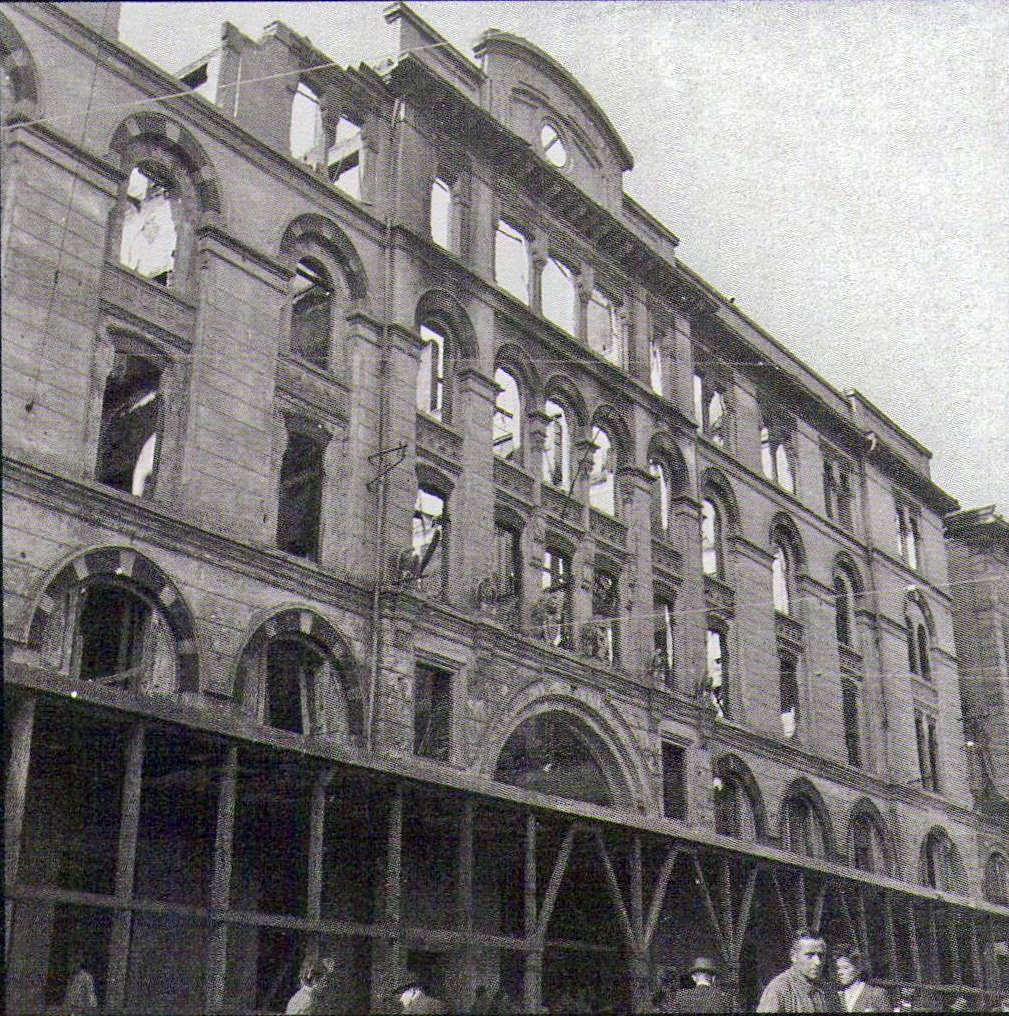
-
1950 - After the bombings
After the bombings, the station was not rebuilt straight away. Only the ground floor could be saved, to allow access to the platforms, and a temporary sheet metal roof was built.
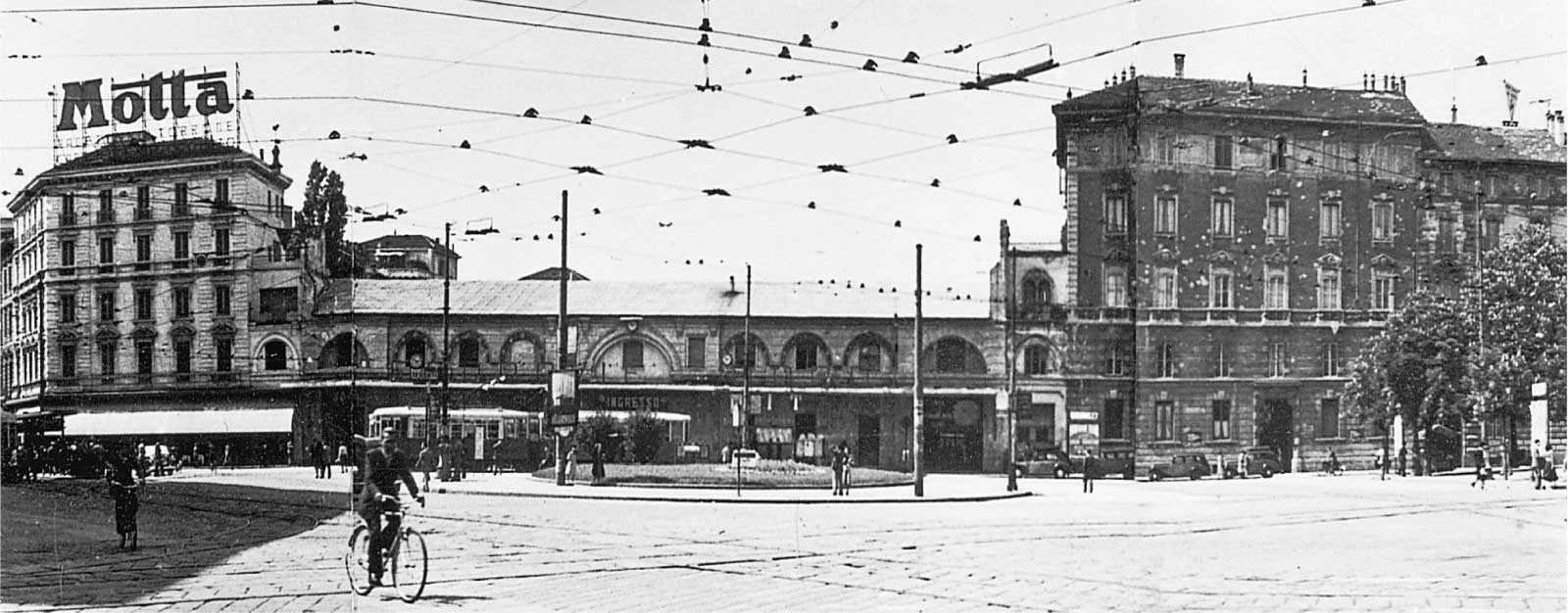
-
1953 - Rebuilding
Reconstruction work on the terminus building began in 1953: this photo dates back to that year and shows the newly erected construction site..
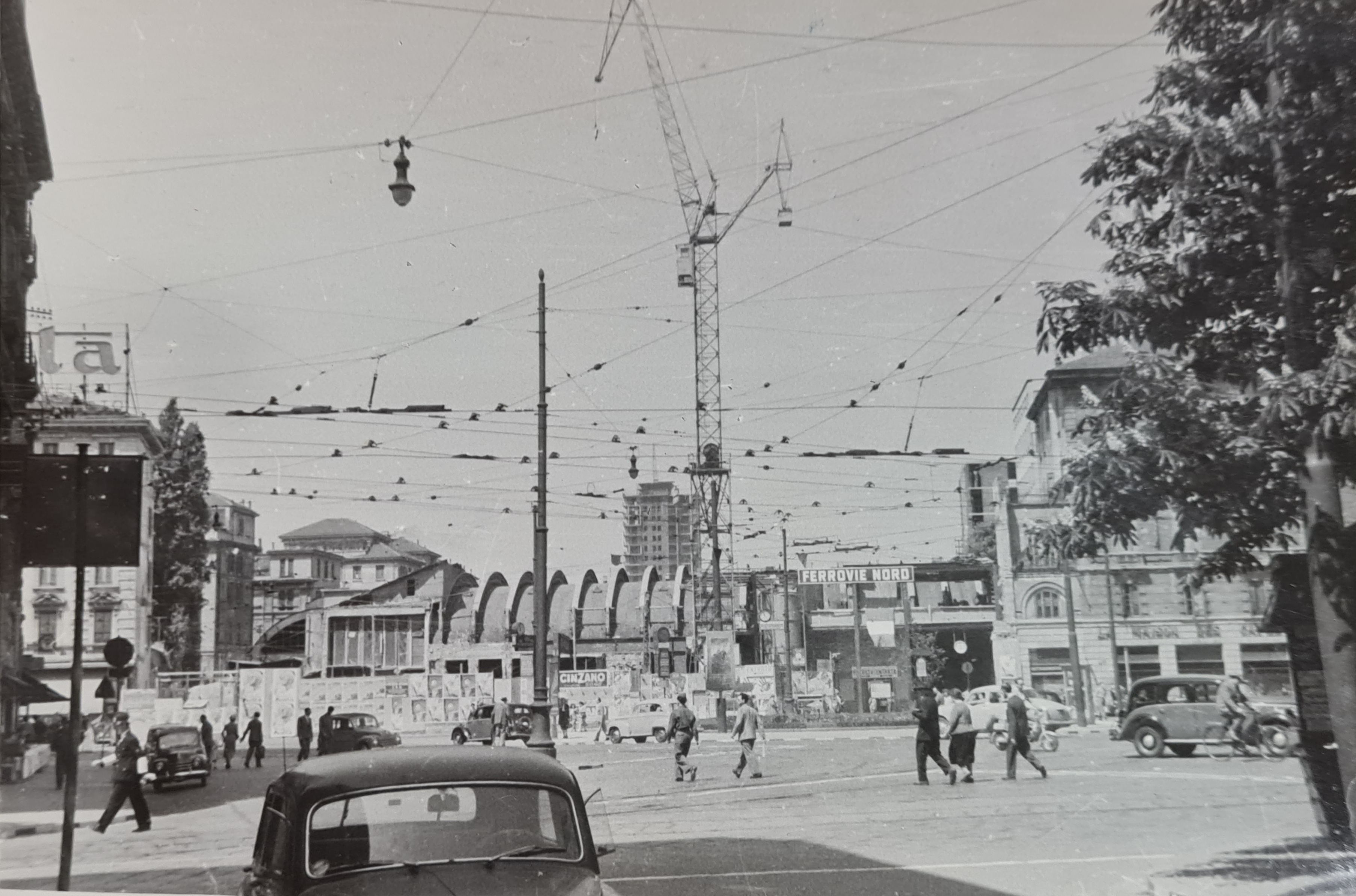
-
1954 - Work continues
Construction work on the new building in Piazzale Cadorna continued. It would open in 1956.
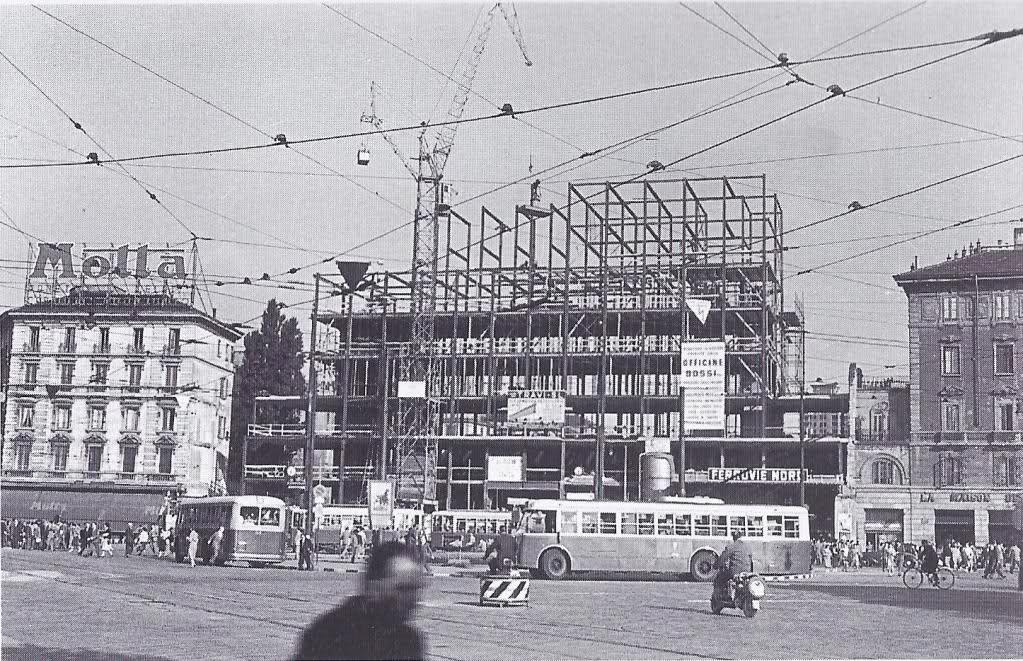
-
1960 - The new building
Work on the station square to build the first line of the Milan Metro: the impressive new building stands tall in the square.
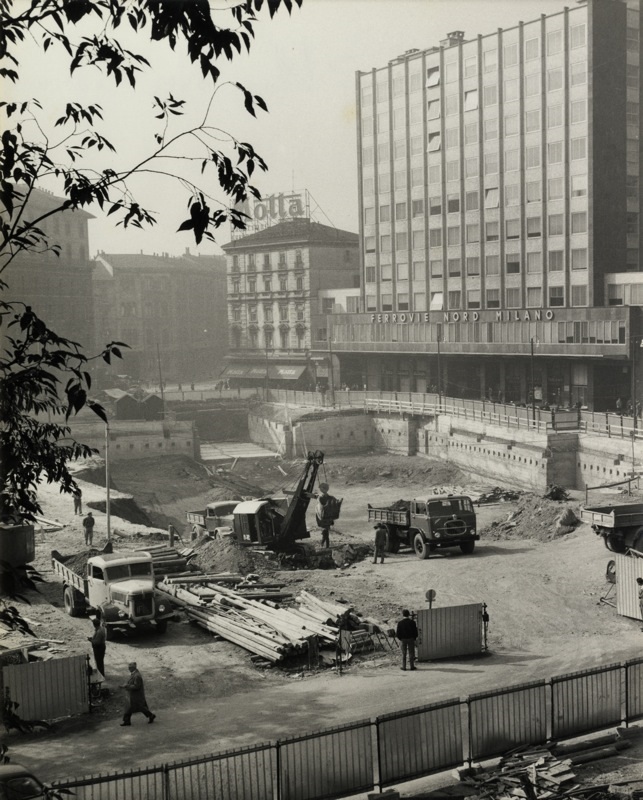
-
2000 - The Gae Aulenti project
Between 1999 and 2000, in conjunction with the railway line connecting Milan with Malpensa airport, a major urban redesign and the renovation of the building and square in front was completed. The project was entrusted to architect Gae Aulenti.
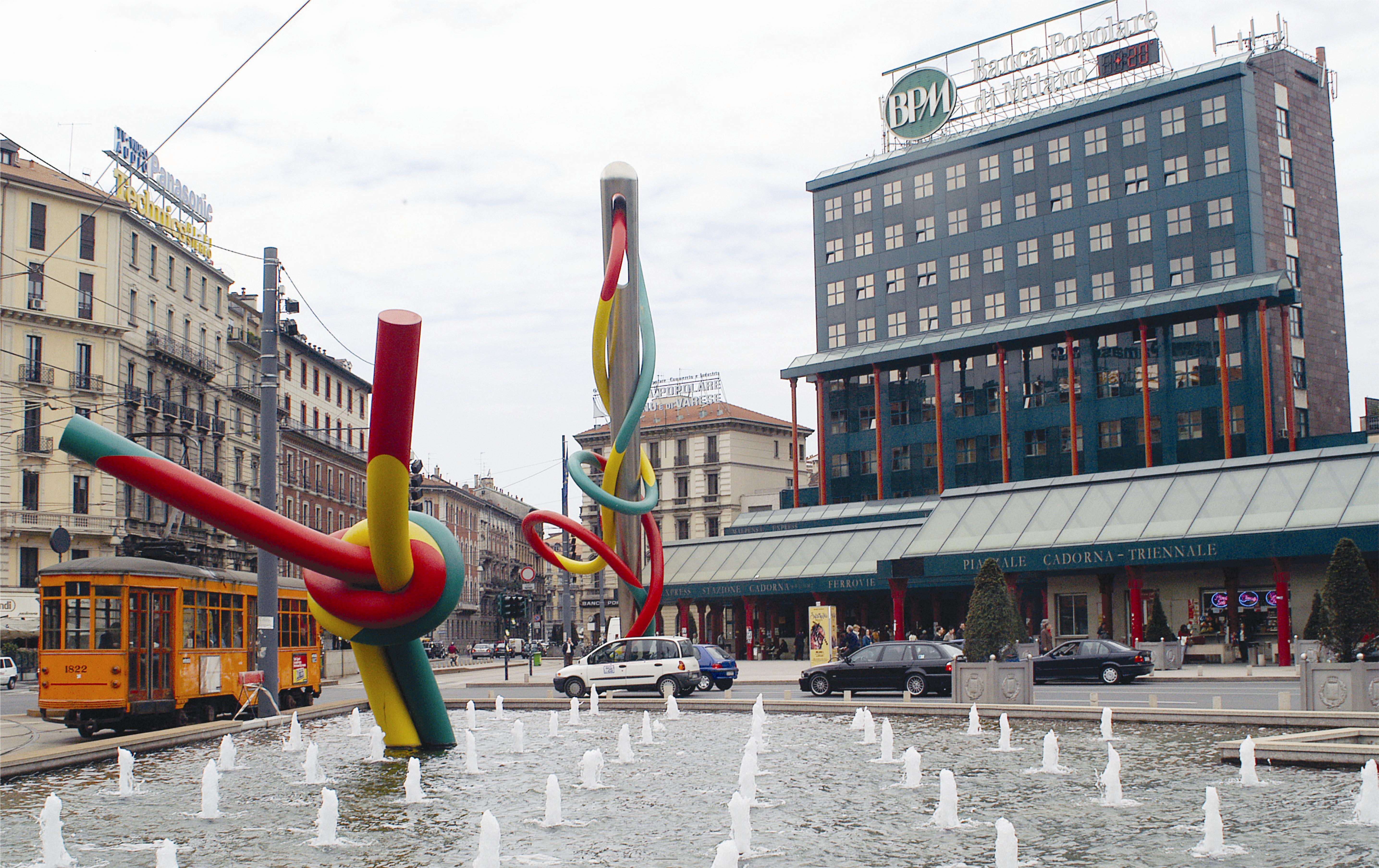
Gallery
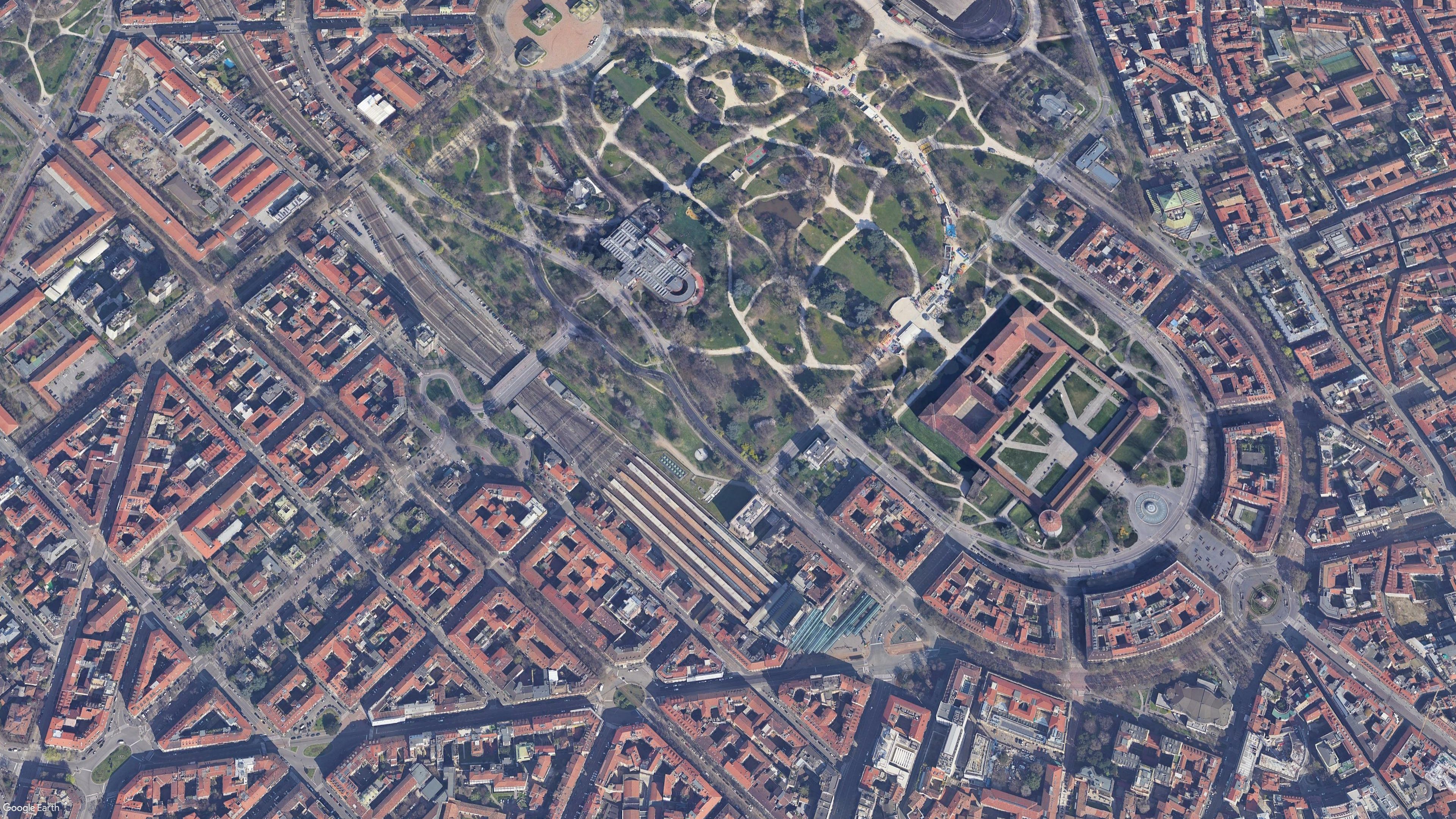
Aerial view of the station and its unique surroundings 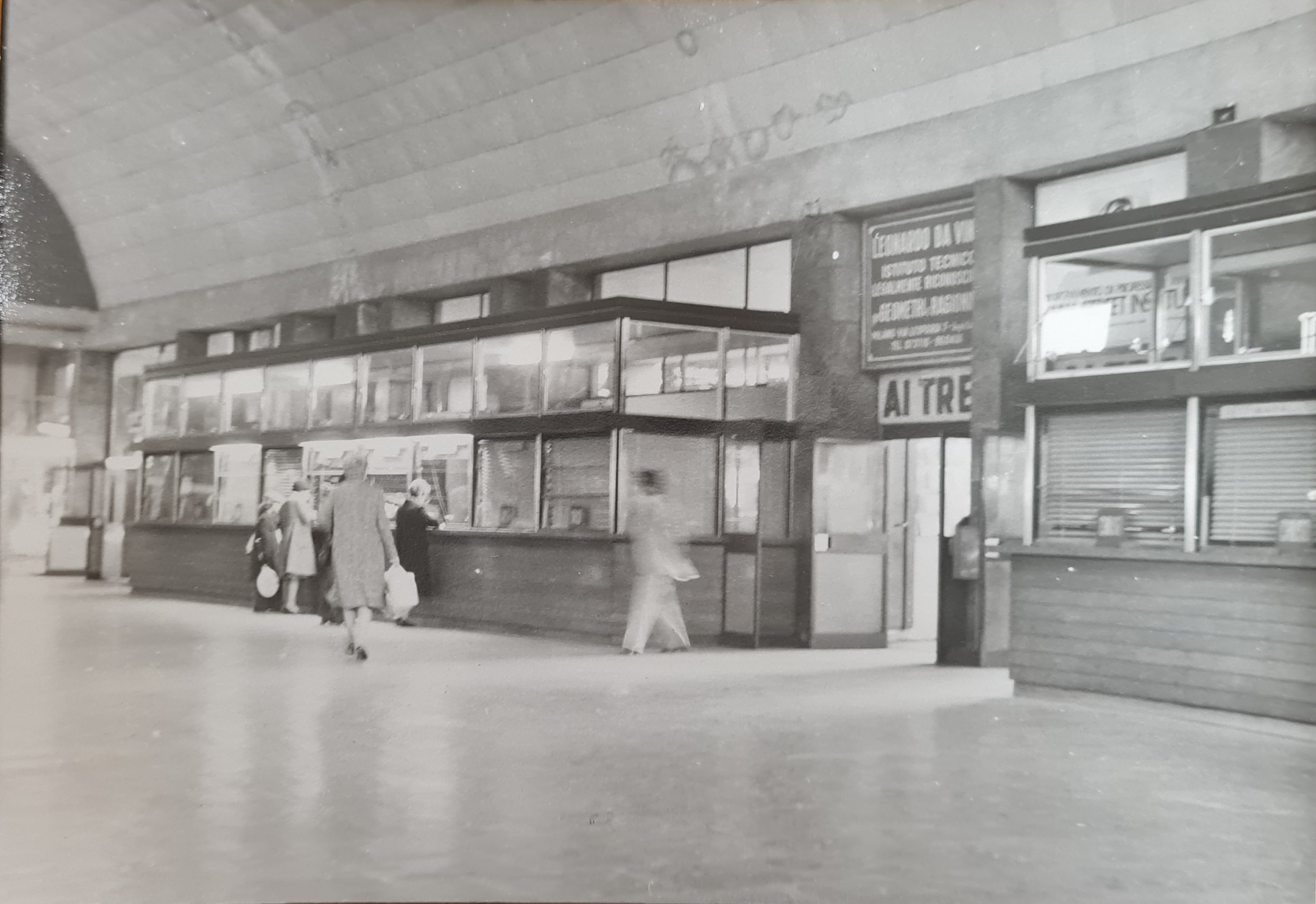
The ticket office of the Cadorna building as it was in 1975 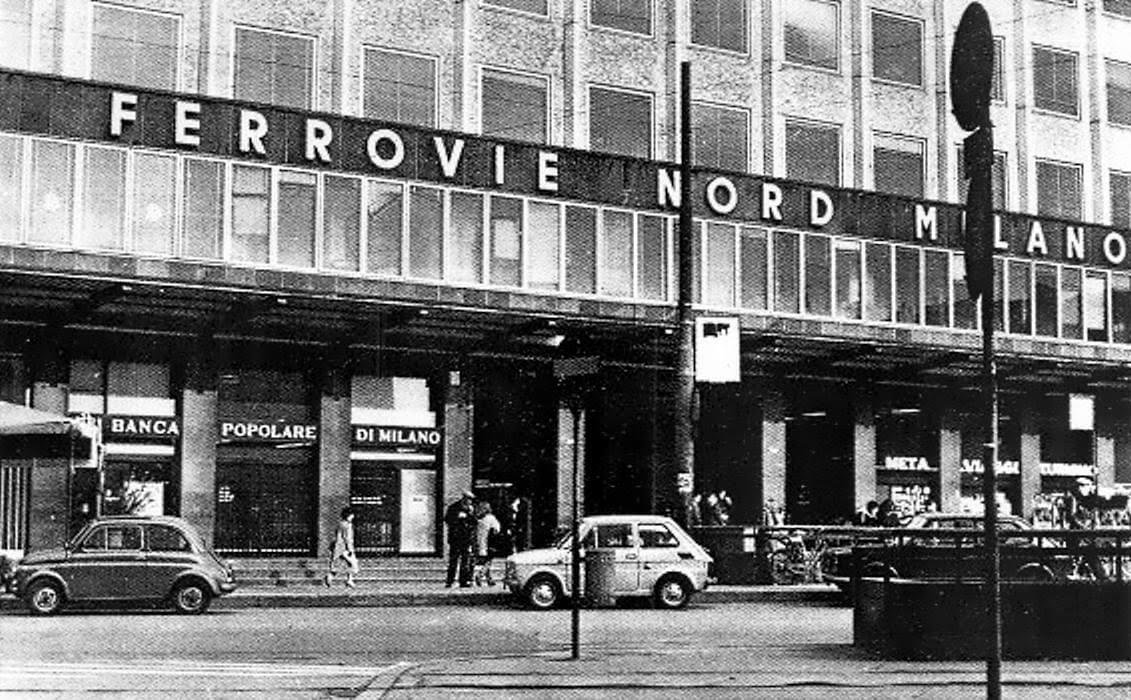
The large FERROVIE NORD MILANO sign on the façade of the Piazzale Cadorna building, late 1970s 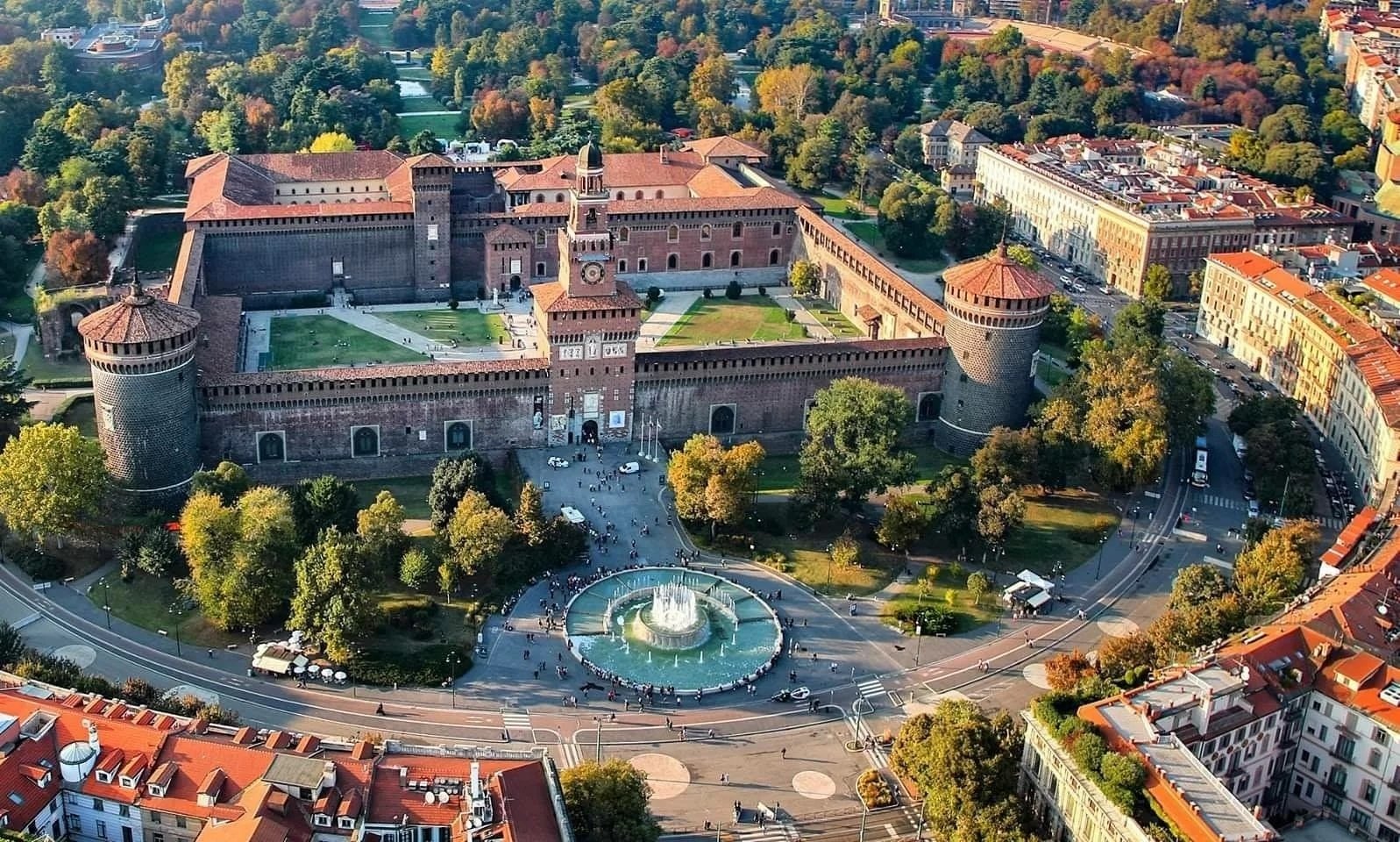
Castello Sforzesco, just 200 metres from Milano Cadorna station, to the left of the exit, a short way along Via Minghetti 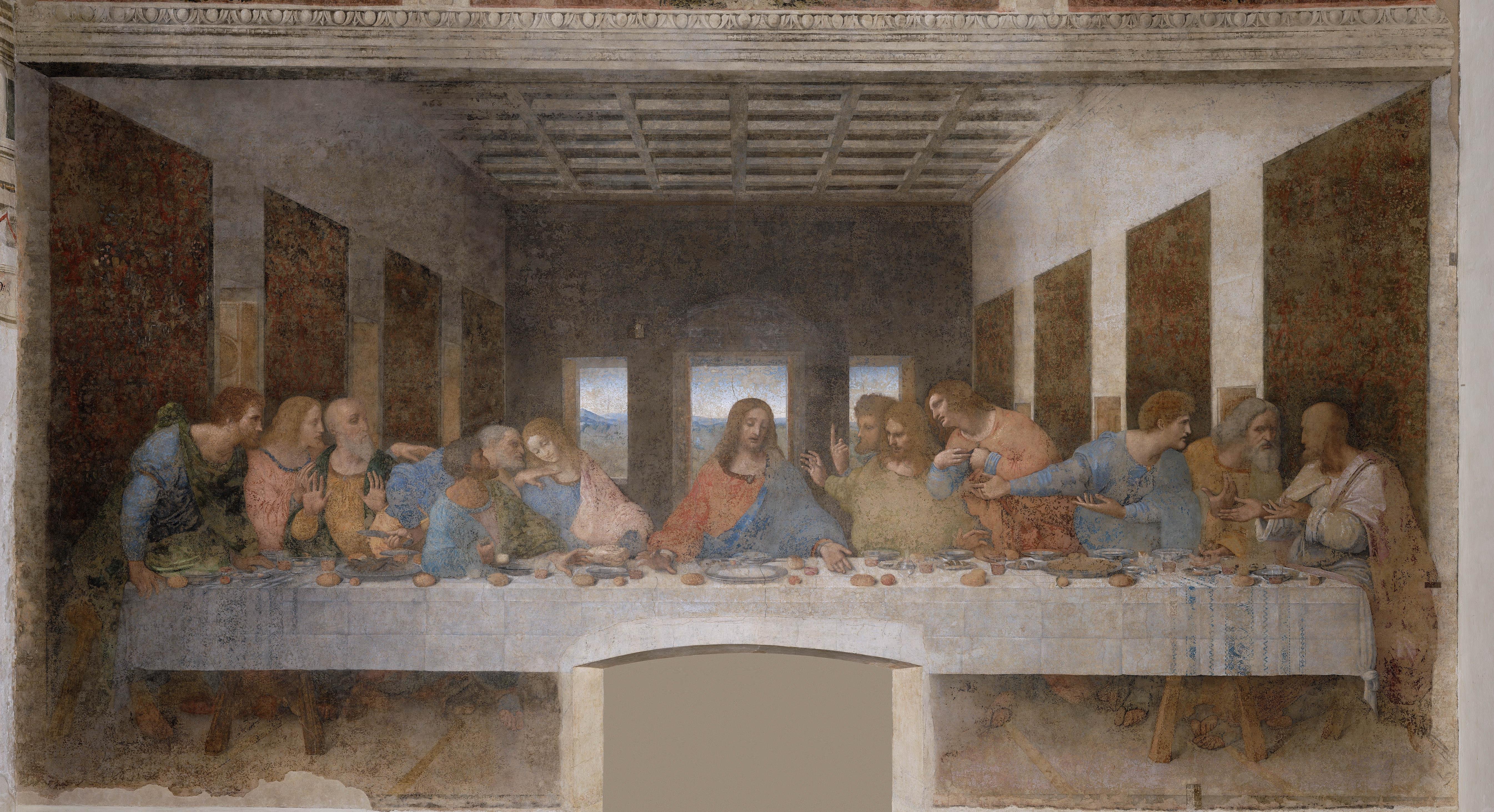
The Basilica di Santa Maria delle Grazie is located 600 m to the right of the station exit. Its refectory contains Leonardo da Vinci’s famous fresco, The Last Supper. “Vigna di Leonardo” (“Leonardo’s Vineyard)” lies opposite. These places, where time seems to have stopped, take the visitor far from the city’s hustle and bustle, back to the incredible years of the Renaissance. 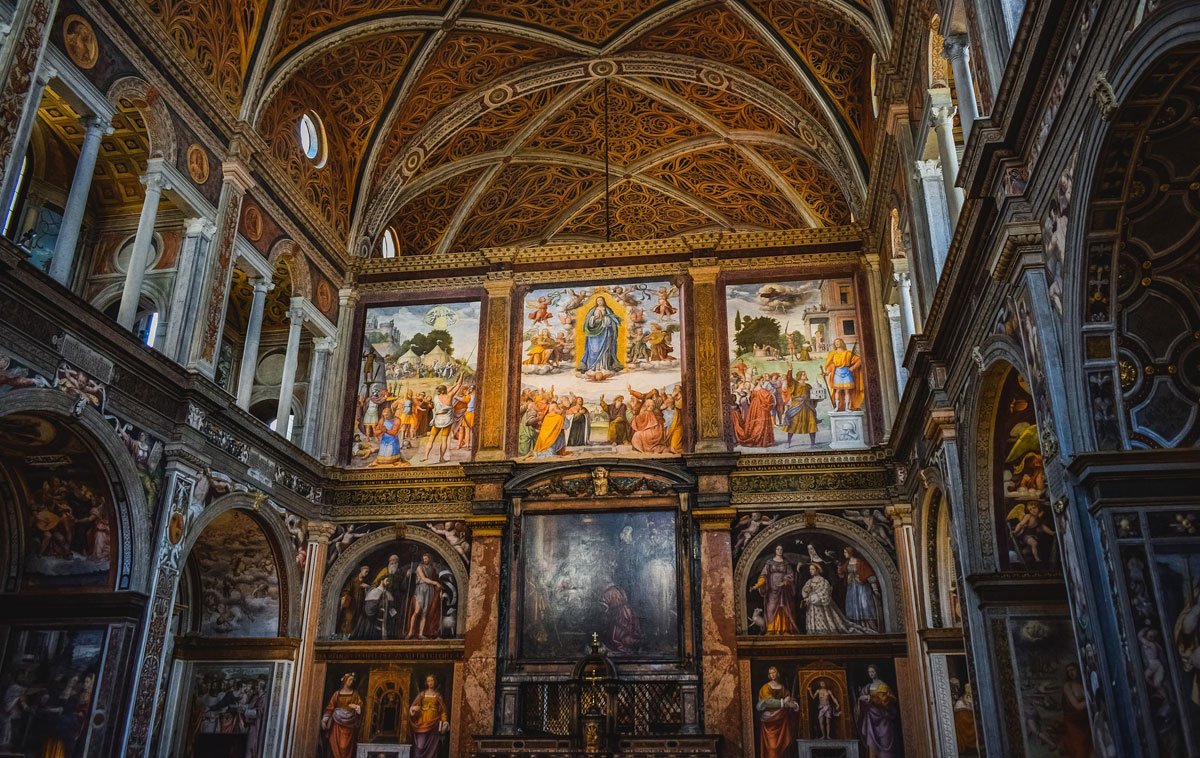
500 m from Cadorna station, on Corso Magenta. Fresh from restoration work that allowed it to reopen in May 2021, the church of San Maurizio al Monastero Maggiore is one of Milan’s most beautiful treasures. Its simple façade contrasts with the splendour of its interior, decorated with a large cycle of frescoes by Bernadini Luini, which cover every surface in the church. It was begun in 1503 not only for the citizens, but also for the cloistered nuns, who were forbidden from coming into contact with the general public. This is the reason for the church's unique division into two parts: the section nearer the street - for the public - is separated by a partition wall from what is called the Coro delle Monache (“Nuns’ Choir”), reserved for the nuns (who listened to Mass and communicated via a grating in the partition).